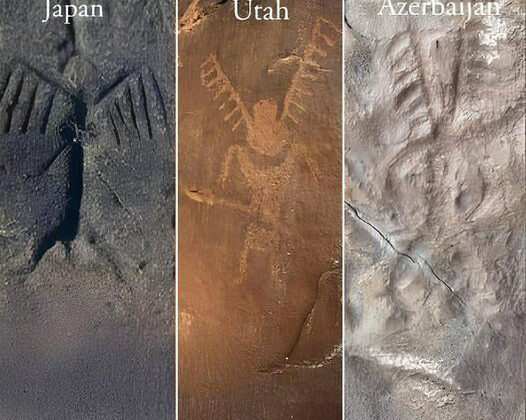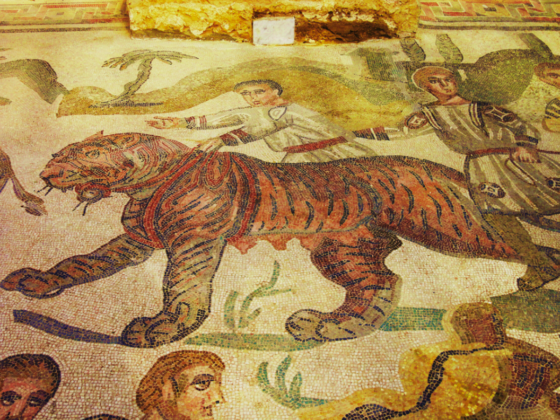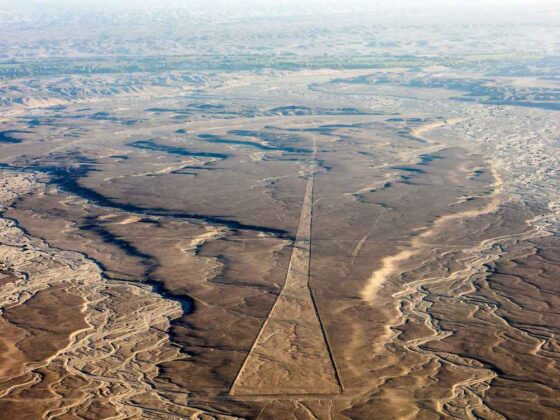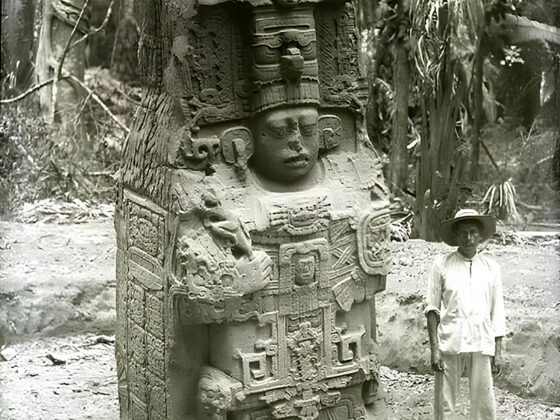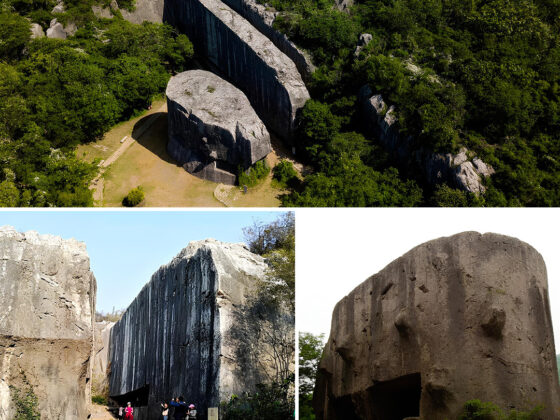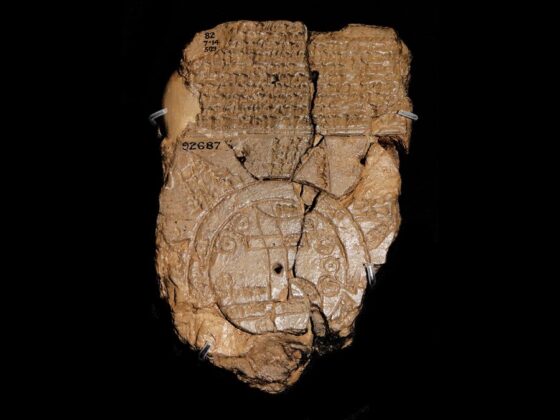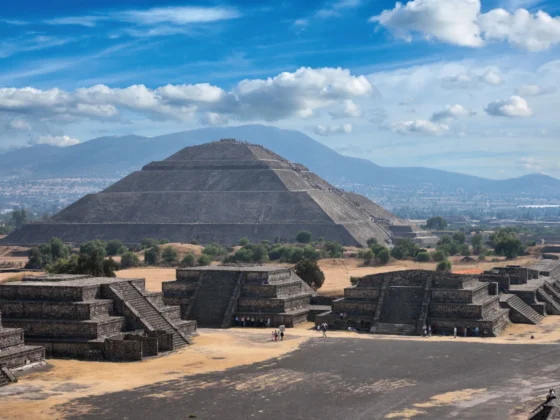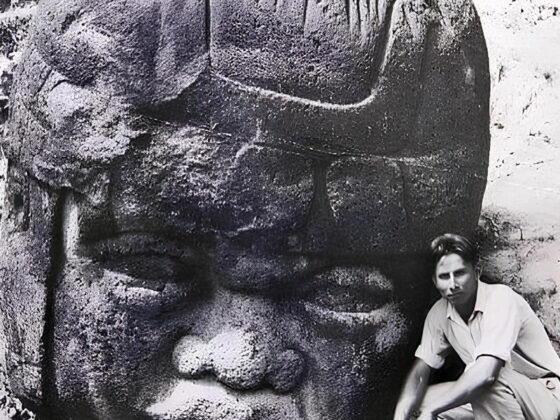Nestled in the Andean plateau of western Bolivia, near the southern shore of Lake Titicaca, lies one of the most perplexing archaeological sites in the world – Puma Punku.
Part of the larger Tiwanaku complex, this ancient wonder has captivated researchers, archaeologists, and enthusiasts for centuries with its mind-boggling precision stonework, massive megalithic blocks, and seemingly impossible construction techniques. The precision and complexity found here raise profound questions about the technological achievements of our ancestors and the potential limitations of our current historical narrative.
The first aspect of Puma Punku that strikes visitors is the incredible precision of its stonework. Massive blocks of andesite and red sandstone have been cut and fitted together with such accuracy that even modern technology would struggle to replicate. Some of the stones interlock with surrounding blocks so precisely that not even a razor blade can be inserted between them. This level of precision, achieved without the use of modern tools or technology, is nothing short of astonishing.
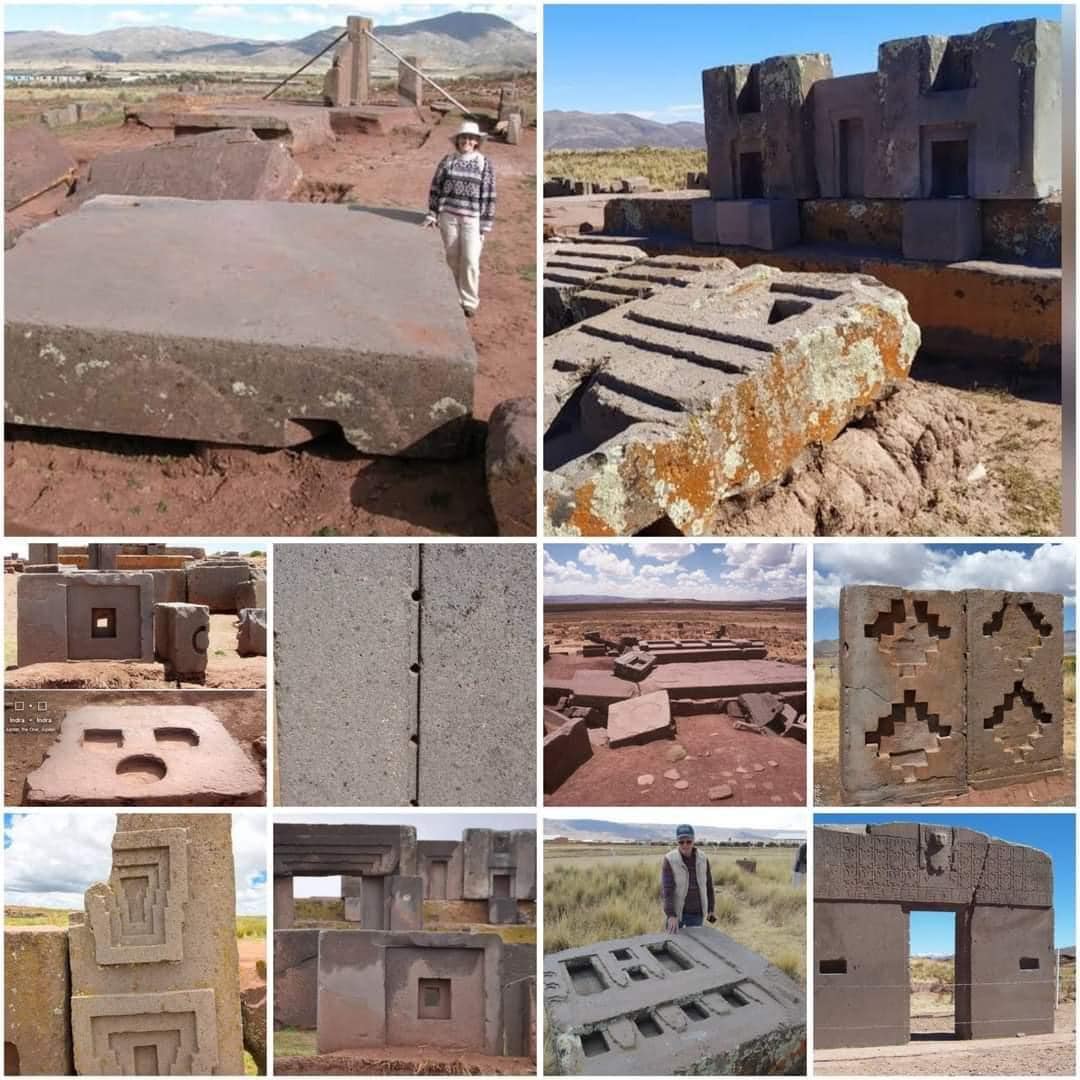
Perhaps the most famous features of Puma Punku are its H-shaped blocks. These massive stone pieces, weighing up to 131 metric tons, fit together like giant Lego pieces, creating stable structures that have withstood the test of time. The uniformity of these blocks is so extreme that it has led some researchers to speculate about the use of standardized templates or even prefabrication techniques – concepts that seem anachronistic for the time period in which Puma Punku was supposedly built.
But the mysteries of Puma Punku don’t end with its precise stonework. The site also features numerous examples of advanced engineering that continue to baffle experts. Take, for instance, the red sandstone block with a perfect groove containing identically spaced, precision-cut 6mm holes drilled along its length. The uniformity and precision of these holes have led to speculation about the use of advanced drilling technology – technology that, according to conventional history, shouldn’t have existed at the time of Puma Punku’s construction.
The transportation of the massive stone blocks used at Puma Punku presents another perplexing puzzle. The largest of these megaliths weighs an estimated 131 metric tons – more than two fully-loaded Boeing 737 airplanes. Yet, chemical analysis has revealed that these red sandstone blocks were transported from a quarry near Lake Titicaca, approximately 10 kilometers away. This journey involved moving these colossal stones up a steep incline, a feat that would be challenging even with modern equipment.
How did the ancient builders accomplish this monumental task? Various theories have been proposed, ranging from the use of roller and ramp systems to more speculative ideas involving lost advanced technologies. Some researchers have even suggested the possibility of acoustic levitation techniques, though such theories remain highly controversial and lack scientific evidence.
Adding to the enigma is the mixture of stone types used at Puma Punku. While the red sandstone came from relatively nearby, the andesite blocks used for stone facing and carvings were sourced from quarries in the Copacabana Peninsula, about 90 kilometers away across Lake Titicaca. The logistics of transporting different types of stone from distant sources adds another layer of complexity to the site’s construction.
One of the most puzzling features of Puma Punku is the absence of smaller stone debris or chips that would typically be associated with on-site stone carving. This has led some researchers to speculate that the stones were shaped elsewhere and brought to the site in their finished form – a theory that, if true, would imply an even greater level of planning and organization than previously thought.
The age of Puma Punku is another subject of intense debate. While conventional archaeology dates the site to around 500-600 CE, some researchers argue for a much older origin. They point to the advanced construction techniques, which seem out of place for a 6th-century CE civilization, and to geological evidence suggesting that the site might have been submerged at some point in the distant past. Some even speculate about a possible connection to the end of the last ice age, around 12,000 years ago.
These alternative theories about Puma Punku’s age are controversial and not accepted by mainstream archaeology. However, they highlight the ongoing questions and debates surrounding this enigmatic site.
The mysteries of Puma Punku have given rise to numerous theories about its origins and purpose. Some proponents of ancient astronaut theories suggest that the precision and complexity of Puma Punku’s construction indicate the involvement of extraterrestrial beings with advanced technology. Others argue that it might be the work of a lost, highly advanced human civilization that existed before recorded history.
More conventional explanations focus on the ingenuity and skill of the ancient Tiwanaku culture. Many archaeologists believe that Puma Punku served as an important religious and astronomical center, with its precise construction reflecting a sophisticated understanding of celestial movements.
Regardless of its origins or the methods used in its construction, Puma Punku remains an invaluable archaeological site that offers insights into the capabilities and knowledge of ancient South American civilizations. Its precise stonework, massive megaliths, and complex engineering continue to inspire awe and push the boundaries of our understanding of ancient technologies.
As we continue to study Puma Punku, we’re not just learning about an ancient site – we’re gaining insights into human potential and the incredible feats that can be accomplished with knowledge, skill, and determination. Whether built by an advanced ancient civilization, through techniques lost to time, or through sheer human perseverance and ingenuity, Puma Punku stands as a remarkable achievement of our ancestors.
The stones of Puma Punku may be silent, but they speak volumes about the heights of human achievement and the enduring mysteries of our past.
As we reflect on the enigma of Puma Punku, we’re reminded of the importance of questioning our assumptions and remaining open to new possibilities. Breakthroughs often come from challenging conventional wisdom and exploring unconventional ideas. The mysteries of Puma Punku invite us to think bigger, to question more deeply, and to consider that our potential – both as individuals and as a species – may be far greater than we’ve previously imagined.

